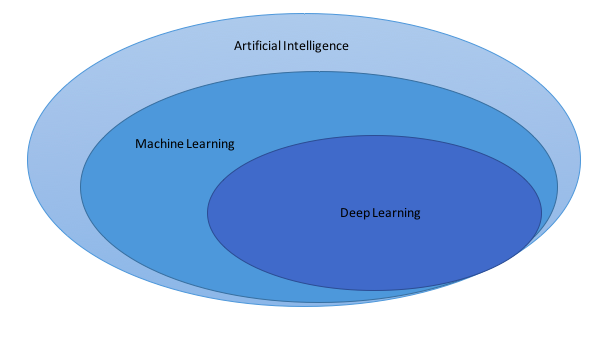What is Artificial Intelligence?

 You are Reading..
You are Reading..
What is Artificial Intelligence?
And why are we hearing so much more about it now?
Artificial Intelligence (AI) is BIG. In fact, it will soon be the biggest thing since the Internet itself. But what is it, exactly?
The simplest explanation is that it’s our ever-improving ability to make digital technology – computers – approximate the functionality and capability of the most complex and highest performance machine known to mankind – the human brain.
AI has been around, technically speaking, for more than a half century. So why is it only now becoming such a hot topic? Simple – human-like intelligence takes two very important things to create, which up until now just haven’t been technically possible using existing computers.
1. Data. Lots and lots of data. In fact, they call it ‘Big Data’, for just that reason. You may think that computers can easily store more data than you can in your head, but you’d be wrong. The human brain, on average, contains 5 times as much data as the entirety of the Library of Congress. It takes lots and lots of computers to store and access that much information.
2. Processing speed. It takes a monumental amount of horsepower to process that amount of data. The advantage that the human brain has over computers is that, effectively, its storage capacity is also its computational capacity, and this is due to it being comprised of what’s called a neural network.
Machine Learning and Deep Learning:
And this brings us to our next question – what is Machine Learning, what is Deep Learning, and what do they have to do with Artificial Intelligence? The answer – they are subsets of one another:
Artificial Intelligence is the concept itself, and both Machine Learning (ML) and Deep Learning (DL) are the current methods used to achieve it. ML uses a single layer of algorithms to process data and make intelligent decisions, and DL uses multiple layers of algorithms that more closely resemble a true neural network, allowing the AI to continuously adapt and improve its approach to processing data, thereby improving its decision-making accuracy and performance.
So, what are some real-world examples of all this AI?
1. Airplane Autopilot – this is a basic form of AI that has been around, loosely speaking, since as early as 1914. Of course, it has become much more sophisticated since then, but at its core, it’s AI. It is taking in many points of data about the various conditions of the plane, the wind and atmosphere, the telemetry, etc., and making constant minute adjustments (a.k.a. ‘decisions’) to maintain the appropriate course and speed.
2. Spam Filtration – this is another case where an AI’s ability to automatically detect and classify email as spam is based heavily on the amount of overall data it has able to process. It’s looking at certain concrete data points like an originating IP address and geographical location, while also learning from various new combinations of words that spammers continually create to try to get around filters, and using that information to try to predict when new messages, that it has never seen before, are spam.
3. Image, voice and handwriting recognition – these are used everywhere from logging into your computer, to telling your Alexa to add something to your shopping list, to depositing checks to your bank account using the camera on your phone. Trying to tell a computer how to do these things with very few data points just isn’t possible – things like handwriting and verbalization are far too different from person to person – but with thousands or millions or even billions of data points, the ability of a computer to accurately determine what a human is saying or writing increase immensely.
Finally:
So how does an AI know when it’s doing a good job? Feedback. The final component of AI, after data and processing power, is a feedback loop. This is where the data scientist that manages the AI provides feedback back into the algorithms so the AI can make adjustments – how much weight or importance to put on a specific data point. For example, if you have an AI that’s responsible for sorting through millions of images to find pictures of stop signs, you may determine that the shape of an octagon is a more reliable predictor than the color red, which is also used on Yield signs.
Which brings us to another example of Artificial Intelligence – self-driving cars. Have you ever wondered why so many websites you login to, that want to make sure you’re not a robot, show you pictures of street signs and have you select the parts of the picture that contain them? It’s because you’re being used to close the feedback loop. You’re providing the same analysis you do while driving down the street every day, each time helping the AI get better and better at identifying street signs. It may seem a bit annoying to take the extra couple of clicks, but you’re not only proving to your banking website that you’re not a computer trying to hack your account… you’re also helping to build the AI that will be driving you to and from work in a few years.
AI is constantly growing and becoming more and more of our every day life. Imagine where AI will be in 5 years, 10 years or even 50 years. The possibilities seem limitless and very exciting.
Content co-created with Rain.Tech Custom Cloud & Managed IT.


